What is sport hunting?
Sport hunting or recreational hunting or trophy hunting is an accepted norm of conservation tool in several countries including poor, politically unstable, and socio-culturally divided countries like Pakistan. The local government explains or justifies this in the context of Community Control Trophy Hunting. According to the version of the Pakistani government, the impact of trophy hunting on the remote forested areas of the country and the status of the animal before the introduction of trophy hunting in these areas are showing an increase in the population of various target species. Trophy hunting according to them is not only a play of money, but it's a highly successful conservational tool.

Photo credit: Rahul Ray
Nowadays according to the government, the locals are getting economical benefits from trophy hunting because 80% of the hunt goes to the community which they invest in making roads, bridges, water channels, etc. As there is much poverty in this area of Pakistan and due to the benefit they are getting they are encouraged to protect the animals themselves. One could understand the promotion of tourism by protecting nature and wildlife and the money going to local communities. Gathering money by killing endangered wildlife by shooting trophy animals could not be a conservation model.
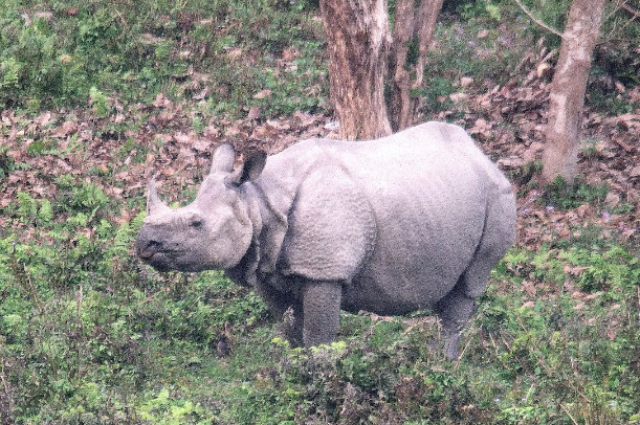
Photo credit: Rahul Ray
How can recreational hunting help in conservation efforts?
One can appreciate if local poor residents are suffering from predation in livestock by wildlife like tigers, lions, leopards, pumas, jaguars, snow leopards. wolves, chayotes, bears, or other predatory mammals. Financial compensation for any predated livestock to the victim's family or any individuals suffering g from predation, attacks, or foraging in farmlands is acceptable and appreciated. But there is no justification for commercial harvest of endangered species and paying compensation for remote rural communities. The entire objective of wildlife conservation is failed due to such action. Allowing foreign trophy hunters to hunt endangered species for collecting revenues is pathetic and non-ethical under any legal framework.
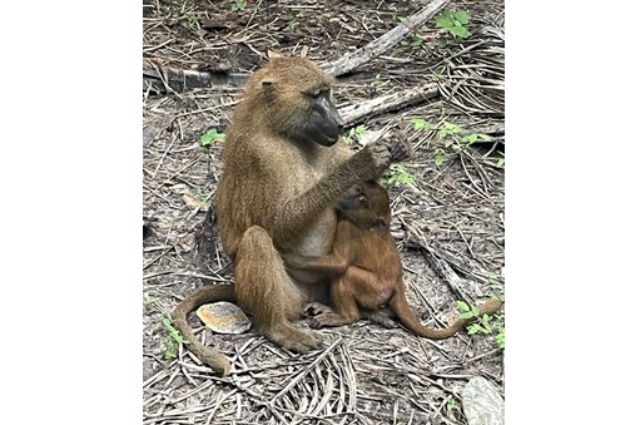
Photo credit: Anna Bakare
How trophy hunting could prove to be disastrous for highly vulnerable and sensitive flagship species?
Trophy species represent outstanding secondary sexual characters that are transmitted into their sub populations. Hunting the males with the most prominent features like big body size, majestic horns or thick coats or furs is degrading their populations down the line. These majestic males of various species being indiscriminately taken out of the population do not get the opportunity to pass on their characteristics to their offspring. Dominant males being replaced by less reproductive fitness and low vigour males subsequently reduces the quality of the herd down the generations. Trophy hunting needs to be banned and protested at every stage and step. It is an evil human did that is responsible for the near-extinction of several species around the planet.
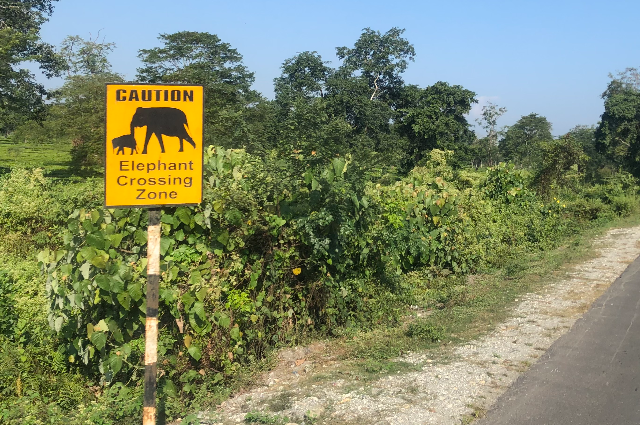
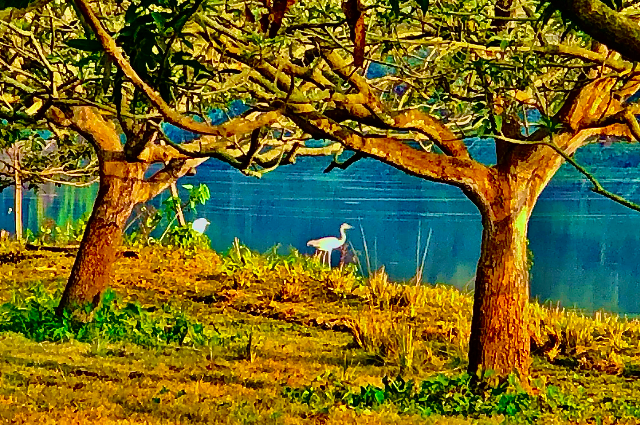
Photo credit: Saikat Kumar Basu
Furthermore, in a poor and economically backward country, there is no reliable census conducted in the population of the target species. Statistics are weak and unreliable. Population dynamics of trophy species are grossly non-available even in highly developed western countries. So one could understand what could be the situation in politically unstable and economically backward countries in their isolated, rural remote areas.
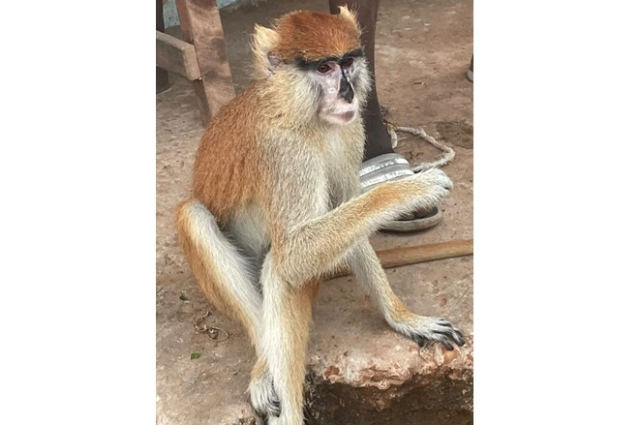
Photo credit: Sam B. Tende
One can appreciate if local poor residents are suffering from predation in livestock by wildlife like snow leopards. Financial compensation for any predated livestock to the victim's family or any individuals suffering g from predation, attacks, or foraging in farmlands is acceptable and appreciated. But there is no justification for commercial harvest of endangered species and paying compensation for remote rural communities. The entire objective of wildlife conservation is failed due to such action. Allowing foreign trophy hunters to hunt endangered species for collecting revenues is pathetic and non-ethical under any legal framework.
Sport hunting of top predators such as this Eurasian lynx could destabilize the homeostasis of the local ecosystems increasing herbivore populations that can prove to be disastrous for poor farmers and crop producers.
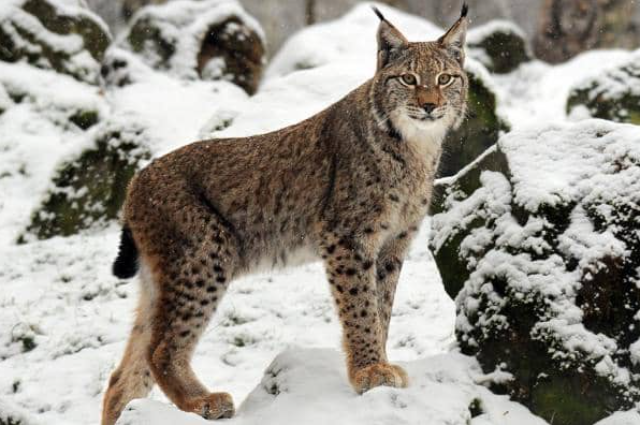
The underlying negative aspects of sports hunting?
Often helpless wild animals or in other words highly sought after trophy species are falling to their motherly when the cubs, fawns, chicks abs babies are targeted for harvesting. The instinct is so strong under hormonal secretions that a female would fight fiercely and die defending her babies, adopt even unrelated species as a foster mom, or even take care and rare them with sincere dedication and devotion.

Photo credit: Saikat Kumar Basu
Unfortunately, it is not easy to follow the entire episodes scientifically at every stage for documentation in the wild. But the loss is enormous. It has been estimated that an average of 2-5 adult animals are sacrificed unnecessarily to harvest a juvenile animal species. In many animal species, the troop members would even die defending their little ones making the story of trophy hunting even more gruesome.
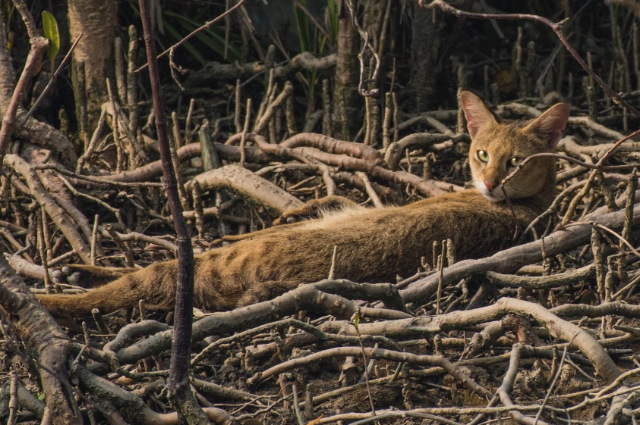
Photo credit: Saurav Ray
Sport hunting is a sickness, perversion, and serious danger that should be recognised as such. How do they stop the locals from hunting so the trophy hunters can get their trophies? People who get their amusement from killing innocent and defenseless animals can only be suffering from a mental disorder. In a world with boundless opportunities for amusement, it’s detestable that anyone would choose to get thrills from killing others who ask for nothing from life; but the chance to remain alive.

Photo credit: Sam B. Tende
Food for thought
The insane, heartless, merciless sport or recreational or trophy hunting should be stopped immediately. Just for a few bucks, we are killing innocents. Nothing can justify it. Destroying beautiful nature also Lastly, it's their world too. This is the reason why Pakistan is moving towards environmental degradation. There is no value in anything related to life in this unfortunate country. Both government, army, and the public are equally responsible for the destruction of the nation and its natural resources, biodiversity, environment, and humanity.

Photo credit: Saikat Kumar Basu
